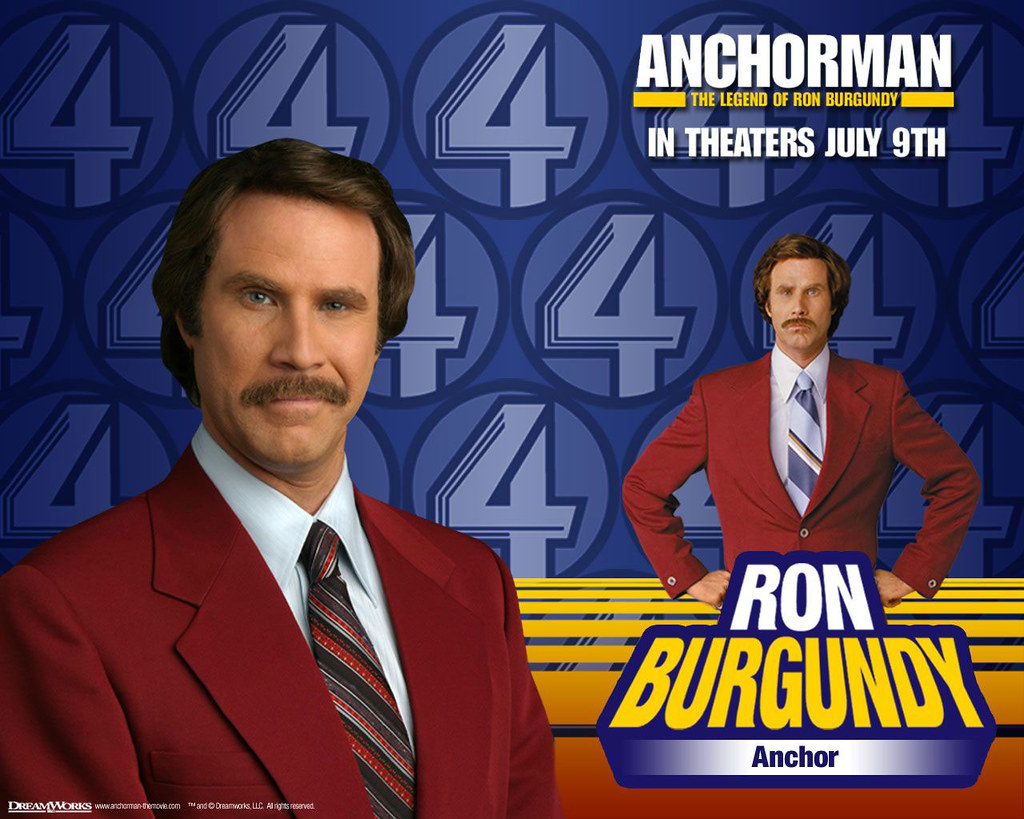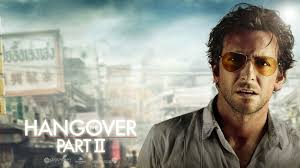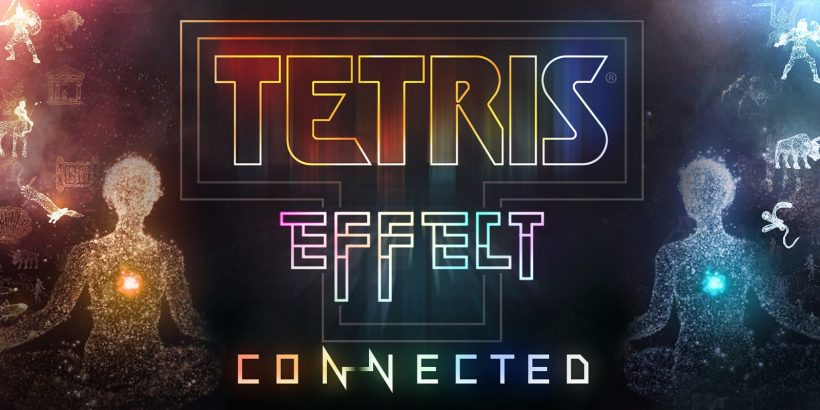In a world that often feels heavy, there’s one genre that consistently provides the perfect antidote: comedy films. From a gentle chuckle to uncontrollable guffaws, laughter is a universal language, and cinema has mastered the art of delivering it in countless forms.
Comedy isn’t just about jokes; it’s about connection, release, and sometimes, even a clever commentary on the human experience. It’s the genre that allows us to see the absurdity in everyday life, to find humor in our flaws, and to simply, gloriously, forget our worries for a while.
This isn’t just a list of funny movies. This is your definitive dive into the vibrant, ever-evolving landscape of cinematic comedy. We’ll explore the diverse ways films make us laugh, celebrate the masters of the craft, shine a light on iconic moments, and perhaps introduce you to a new favorite that will have you giggling for days. Get ready to embrace the joy!
The Art of the Giggle: What Makes a Comedy Film Resonate?
Comedy works on many levels, from broad physical humor to razor-sharp wit. While the definition of “funny” is subjective, great comedy films often share some common threads:
- Timing is Everything: Whether it’s a perfectly delivered punchline or a meticulously choreographed visual gag, comedic timing is paramount.
- Relatability: We often laugh hardest at situations or characters that mirror our own experiences, insecurities, or absurdities.
- Unexpected Twists: Subverting expectations, surprising the audience with a sudden turn, or a clever reveal is a hallmark of strong comedic writing.
- Character and Performance: Memorable comedic characters, brought to life by brilliant actors, are often the heart of a great comedy. Their quirks and reactions drive the humor.
- The Power of Release: Laughter provides a cathartic release, especially when dealing with uncomfortable or taboo subjects, allowing us to process them through humor.
A Century of Smiles: How Comedy Films Have Shaped Our Culture
Comedy cinema has mirrored and influenced society’s sense of humor, often pushing boundaries and reflecting changing times.
- The Silent Era’s Physicality: Before words, there was action. Legends like Charlie Chaplin, Buster Keaton, and Harold Lloyd used incredible physical prowess and inventive sight gags to elicit laughter, proving comedy’s universal appeal. Their slapstick set the stage for generations of physical comedians.
- The Golden Age of Wit (1930s-1950s): With the advent of sound, dialogue took center stage. The screwball comedies of the 1930s (e.g., It Happened One Night, Bringing Up Baby) delivered rapid-fire witty banter and battle-of-the-sexes narratives. Later, the sophisticated charm of films like Some Like It Hot proved that humor could be both smart and timeless.
- Social Commentary & Satire (1960s-1970s): As society grappled with major changes, comedy became a potent tool for satire. Films like Dr. Strangelove used dark humor to critique political absurdities, while Blazing Saddles boldly tackled racism with shocking wit. This era saw comedy taking on more serious subjects, often with an irreverent edge.
- The Rise of the Ensemble & High-Concept (1980s-1990s): The 80s brought us iconic buddy comedies and teen comedies, often celebrating rebellion and camaraderie (Ghostbusters, Ferris Bueller’s Day Off). The 90s saw the rise of more character-driven ensemble comedies and sharp parodies (Airplane!, Office Space), often building on the success of sketch comedy.
- Modern Diverse Voices (2000s Onward): Today’s comedy landscape is incredibly diverse. We see a blend of observational humor, gross-out comedies, mockumentaries, and more nuanced comedic dramas. The rise of streaming platforms has allowed for even more experimental and culturally specific comedic voices to find an audience, reflecting a more global and inclusive sense of humor.
A Spectrum of Laughter: Key Comedy Subgenres
Comedy is rarely just “comedy.” It blends and morphs, creating a rich tapestry of humor:
- Slapstick: The timeless art of physical comedy – pratfalls, exaggerated actions, and cartoonish violence (e.g., The Three Stooges, Dumb and Dumber).
- Romantic Comedy (Rom-Com): Centered around a charming, humorous path to love, often featuring meet-cutes, misunderstandings, and witty banter (e.g., When Harry Met Sally…, Bridesmaids).
- Satire: Using humor, irony, exaggeration, or ridicule to expose and criticize people’s stupidity or vices, particularly in the context of contemporary politics and other topical issues (e.g., Don’t Look Up, Team America: World Police).
- Parody/Spoof: Directly imitating and often exaggerating the style, conventions, or specific works of other genres or films for comedic effect (e.g., Airplane!, Scary Movie series).
- Black Comedy (Dark Comedy): Finding humor in typically grim or taboo subjects like death, illness, or war, often highlighting the absurdity of tragic situations (e.g., Fargo, Little Miss Sunshine).
- Buddy Comedy: The dynamic and humorous interactions between two contrasting individuals on a shared adventure or mission (e.g., Lethal Weapon, 21 Jump Street).
- Mockumentary: A fictional film presented in the style of a documentary, using documentary conventions to satirize or comment on real-world issues (e.g., This Is Spinal Tap, Best in Show).
- Fish-Out-of-Water Comedy: Humor derived from a character being placed in an unfamiliar or unsuitable environment (e.g., Elf, Trading Places).
Iconic Laughs: Must-Watch Comedy Films
Here’s a selection of films that stand as pillars of comedic genius, offering a diverse range of laughs:

- Some Like It Hot (1959): A cross-dressing farce with timeless wit and stellar performances from Marilyn Monroe, Tony Curtis, and Jack Lemmon. A masterclass in comedic timing.
- Dr. Strangelove or: How I Learned to Stop Worrying and Love the Bomb (1964): Stanley Kubrick’s brilliant black comedy satirizing Cold War paranoia and nuclear war with biting wit and unforgettable characters.
- Blazing Saddles (1974): Mel Brooks’ audacious and hilarious Western parody that fearlessly tackles racism, stereotypes, and Hollywood tropes with groundbreaking, politically incorrect humor.
- Annie Hall (1977): Woody Allen’s seminal romantic comedy that blends witty dialogue, unconventional narrative, and observational humor to explore modern relationships.
- Airplane! (1980): A relentless, gag-a-minute parody that lampoons disaster films with absurd non-sequiturs and deadpan delivery. You’ll miss half the jokes on first watch!
- Ferris Bueller’s Day Off (1986): A beloved teen comedy celebrating freedom, charm, and the art of skipping school, showcasing the charismatic performance of Matthew Broderick.
- When Harry Met Sally… (1989): The gold standard of romantic comedies, with Nora Ephron’s razor-sharp script and the undeniable chemistry between Billy Crystal and Meg Ryan.
- The Big Lebowski (1998): The Coen Brothers’ cult classic, a meandering, philosophical stoner comedy with endlessly quotable lines and unforgettable characters. The Dude abides.
- Office Space (1999): Mike Judge’s satirical look at soul-crushing corporate life. Its understated humor and relatable frustrations struck a chord with a generation.
- Anchorman: The Legend of Ron Burgundy (2004): Will Ferrell’s iconic performance as a ridiculous 70s news anchor leads an absurd, quotable, and wildly funny ensemble comedy.
- Bridesmaids (2011): A raucous and surprisingly heartfelt female-led comedy that broke barriers, proving women could be just as raunchy and hilarious as their male counterparts.
Laughing Off the Beaten Path: Underrated Comedy Gems
Don’t let these comedic treasures slip under your radar!
- Waiting for Guffman (1996): Christopher Guest’s hilarious mockumentary about an eccentric small-town theater group preparing for their big show. Brilliant improvised comedy.
- Kiss Kiss Bang Bang (2005): A witty, self-aware, and incredibly fun action-comedy with snappy dialogue and fantastic chemistry between Robert Downey Jr. and Val Kilmer.
- Popstar: Never Stop Never Stopping (2016): A brilliant mockumentary parody of pop music documentaries, starring Andy Samberg. It’s smart, silly, and incredibly catchy.
- Booksmart (2019): Olivia Wilde’s directorial debut is a fresh, sharp, and genuinely heartfelt coming-of-age comedy about two overachieving friends on the eve of graduation.
- Hunt for the Wilderpeople (2016): Taika Waititi’s charming and quirky New Zealand adventure-comedy about a rebellious kid and his foster uncle on the run. Hilarious and heartwarming.
The Power of a Punchline: Why We Need Comedy
Comedy is more than just entertainment; it’s a vital part of the human experience. It helps us:
- Process Difficulties: Laughter can be a coping mechanism, allowing us to find light in dark situations and make sense of the absurdities of life.
- Connect with Others: Sharing a laugh creates bonds, breaks down barriers, and fosters a sense of community.
- Challenge Norms: Comedy often serves as a mirror, holding up society’s flaws and prompting reflection through humor.
- Improve Well-being: Studies consistently show that laughter reduces stress, boosts mood, and promotes overall mental health.
Conclusion: Keep the Laughter Rolling!
From the timeless pratfalls of the silent screen to the sharp wit of modern satire, comedy films are a testament to the power of laughter. They entertain us, provoke thought, and remind us not to take life too seriously.
What’s the one movie that always makes you burst into laughter? Do you have a hidden comedic gem you think everyone should see?
Now that you’ve explored the hilarious world of comedy cinema, we’d love to hear your thoughts! Hop over to our to share your personal reviews of your favorite comedy films, debate the funniest scenes, or just tell us what makes you laugh! Let’s keep the good times rolling!




